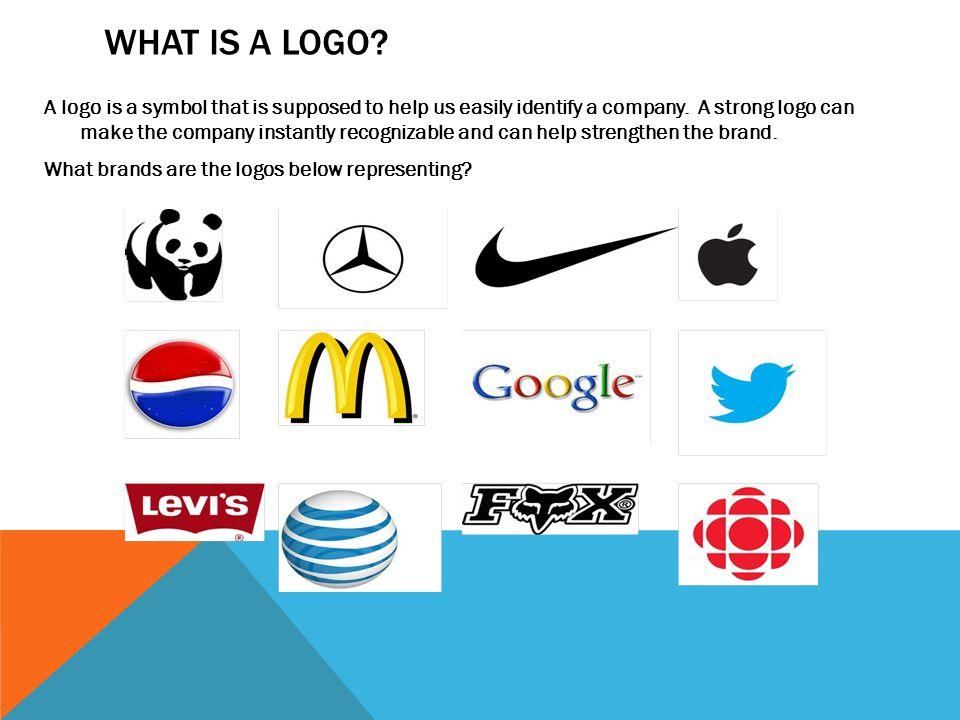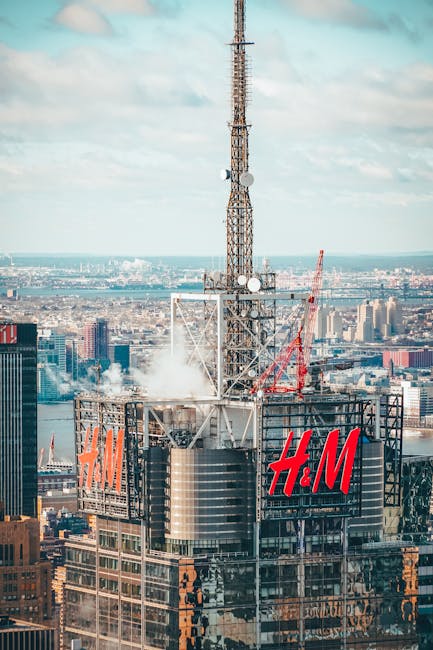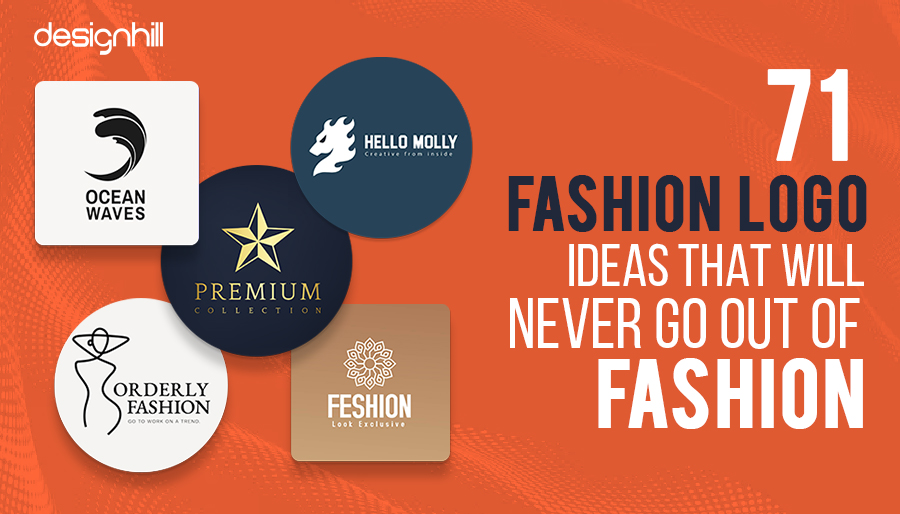
Step right up, ladies and gentlemen, for a thrilling journey through the mesmerizing world of emblematic logos! Prepare to be dazzled by the evolution of design as we unravel the mysteries behind some of the most iconic symbols in history. From the Golden Arches of fast food fame to the bitten apple of technological prowess, we will delve deep into the origins and transformations of these renowned logos. So grab your magnifying glass and join us as we embark on a wild ride through the fascinating world of logo design.
The Evolution of Logo Design Throughout History
Logo design has come a long way since cavemen first started doodling on the walls of their caves. Here is a brief evolution of how logos have transformed throughout history:
- Ancient Times: Back in the day, logos were simple and straightforward. Think cave paintings of animals or hieroglyphics carved into stone. Who needs Photoshop when you have a chisel and a boulder?
- Medieval Era: During this time, logos became more intricate and ornate. Knights and kings wanted their crests to look as fancy as their armor. Logo designers probably made a killing selling quills and ink.
- Industrial Revolution: As technology advanced, so did logo design. Companies started using logos to build brand recognition and loyalty. Suddenly, everything from soap to steam engines had a snazzy logo slapped on it.
Modern Era: Fast forward to today, and logos are everywhere. From flashy neon signs to sleek digital designs, logos have become a crucial part of our visual landscape. Who knows what the future holds for logo design? Maybe holographic logos beamed directly into our brains. Now that’s a logo evolution worth watching!

Pioneering Brands and Their Iconic Logos
Let’s take a trip down memory lane and reminisce about some of the most iconic logos in branding history. These pioneering brands have made a lasting impression on consumers worldwide with their clever and memorable designs.
From the golden arches of McDonald’s to the swoosh of Nike, these logos have become synonymous with quality and reliability. Who can forget the smiling face of the Amazon logo, reminding us that we can find anything we need with just a click of a button?
Other standout logos include the bitten Apple logo, symbolizing innovation and cutting-edge technology, and the interlocking Cs of Chanel, representing timeless elegance and sophistication.
These brands have set the bar high when it comes to logo design, inspiring countless imitators but never quite being duplicated. So next time you see a familiar logo, take a moment to appreciate the creativity and thought that went into creating these iconic symbols.
The Influence of Technology on Logo Creation
When it comes to logo creation, technology has truly revolutionized the way we approach design. Gone are the days of sketching logos on paper and painstakingly scanning them into a computer. Now, with the help of advanced software and tools, designers can bring their wildest logo ideas to life with just a few clicks.
One of the biggest ways technology has influenced logo creation is through the use of vector graphics. Designers can now create logos that are perfectly scalable without losing quality, making it easier to adapt a logo for various uses without having to redraw it from scratch every time. This has truly been a game-changer in the world of branding.
Another way technology has impacted logo creation is through online collaboration tools. Gone are the days of emailing back and forth with clients about logo revisions. Now, designers can easily share their work with clients in real time, making the revision process smoother and more efficient.
Lastly, let’s not forget about AI-powered design tools. While some designers may fear that AI will replace them, the truth is that AI can actually be a valuable tool in the logo creation process. From generating color palettes to suggesting design elements, AI can help designers streamline their workflow and come up with fresh ideas.

The Psychology Behind Effective Logo Design
When it comes to effective logo design, there’s more than meets the eye. The psychology behind logos plays a crucial role in how they are perceived by consumers. Here are some key psychological principles to keep in mind:
1. **Simplicity:** Keep it simple, stupid! A cluttered logo can overwhelm viewers and leave them with a negative impression. Remember, less is more when it comes to logo design.
2. **Color:** Color psychology is real, folks! Different colors evoke different emotions, so choose your colors wisely. Just remember, neon pink might not be the best choice for a funeral home logo.
3. **Symmetry:** Our brains love symmetry. A logo that is balanced and symmetrical is more visually appealing and easier for our brains to process. So, resist the urge to throw in that extra swirl or fancy curve.
4. **Memorability:** A logo should be memorable and distinguishable. Think about the most iconic logos out there – they’re simple, striking, and unforgettable. This is what you should strive for when creating your own logo.

Embracing Minimalism in Modern Logo Trends
In a world cluttered with logos that are trying to do too much, it’s time to embrace minimalism and let your logo shine. Minimalism is all about simplicity and elegance, and in the modern logo design landscape, less is definitely more.
When it comes to minimalist logos, there are a few key trends that are taking the design world by storm. These trends embrace clean lines, negative space, and a stripped-down aesthetic that lets the essence of your brand shine through. Here are some of the top trends in minimalism that you should consider when designing your next logo:
- Monochrome Madness: Forget about a rainbow of colors – minimalism is all about keeping it simple with just one or two colors. Think black and white, or maybe a pop of red or blue for added impact.
- Geometric Goodness: Embrace clean lines and geometric shapes in your logo design for a modern and sleek look. Circles, squares, and triangles have never looked so chic!
- Whitespace Wonder: Negative space is your friend when it comes to minimalist logos. Use whitespace to create clever and eye-catching designs that make a statement without saying a word.
So, ditch the clutter and embrace minimalism in your logo design. With these trends as your guide, you’ll have a logo that is not only timeless and versatile but also perfectly captures the essence of your brand in a sleek and sophisticated way.
The Future of Logo Design: Innovation and Adaptation
In the ever-changing world of design, logo design is no exception. With new trends and technologies emerging every day, it’s important for designers to stay ahead of the game and adapt to the latest innovations. So, what does the future of logo design hold?
One exciting innovation that is already making waves in the industry is the use of artificial intelligence (AI) in logo design. AI-powered tools can analyze data and trends to create unique and personalized logos in a fraction of the time it would take a human designer. Who knows, maybe in the future we’ll have AI-powered logos designing AI-powered logos! The possibilities are endless.
Another trend that is gaining popularity is responsive logos. In a world where we consume content on multiple devices, having a logo that can adapt to different screen sizes and resolutions is essential. Imagine a logo that transforms from a sleek, minimalist design on a smartphone to a more vibrant and intricate design on a desktop computer. The future of logo design is all about flexibility and adaptability.
As we look ahead to the future of logo design, one thing is certain: change is inevitable. Designers must be willing to embrace new technologies and adapt to shifting trends in order to stay relevant in this fast-paced industry. So, let’s raise a glass to innovation and adaptation – the future of logo design is looking bright!
FAQs
Why are logos so important in branding?
Oh, dear reader, logos are like the cherry on top of your favorite dessert – they are the icing on the cake of a brand’s identity. A good logo can make you stand out in a sea of competitors and help customers remember you. It’s like having your own personal hype squad cheering for you silently from the sidelines.
How have logos evolved over time?
Think of logos like fashion trends – they go through phases. At first, logos were simple and straightforward, like a shy teenager testing the waters. Then they got bold and flashy, like that one friend who’s always the life of the party. And now, they’re sleek and modern, like a reformed hipster who’s finally found their style.
What makes an emblematic logo stand out?
Picture this: you’re at a crowded party and you spot someone wearing a ridiculous hat. That hat, my friend, is what makes them stand out. An emblematic logo is like that hat – it’s unique, memorable, and makes a statement. It’s the difference between blending into the crowd and being the life of the party.
How can businesses benefit from a well-designed logo?
Oh, let me count the ways! A well-designed logo can help you attract customers like moths to a flame. It can build trust and credibility, like having a fancy title on your business card. It can even boost your brand recognition, like being the person everyone knows at a party (in a good way, of course).
In conclusion, logo design is a wild journey through the maze of creativity
Hold on to your seats, strap in your creative caps, and let’s explore the emblematic logos like never before. The evolution of design is a rollercoaster of twists and turns, but one thing is for sure - it’s always an exhilarating ride. So, grab your magnifying glass and take a closer look at the logos that shape our world. Who knows what you might discover in the depths of design evolution? Remember, the logo is not just a symbol, but a story waiting to be uncovered. Stay curious, stay creative, and keep exploring the vast universe of emblematic logos!










